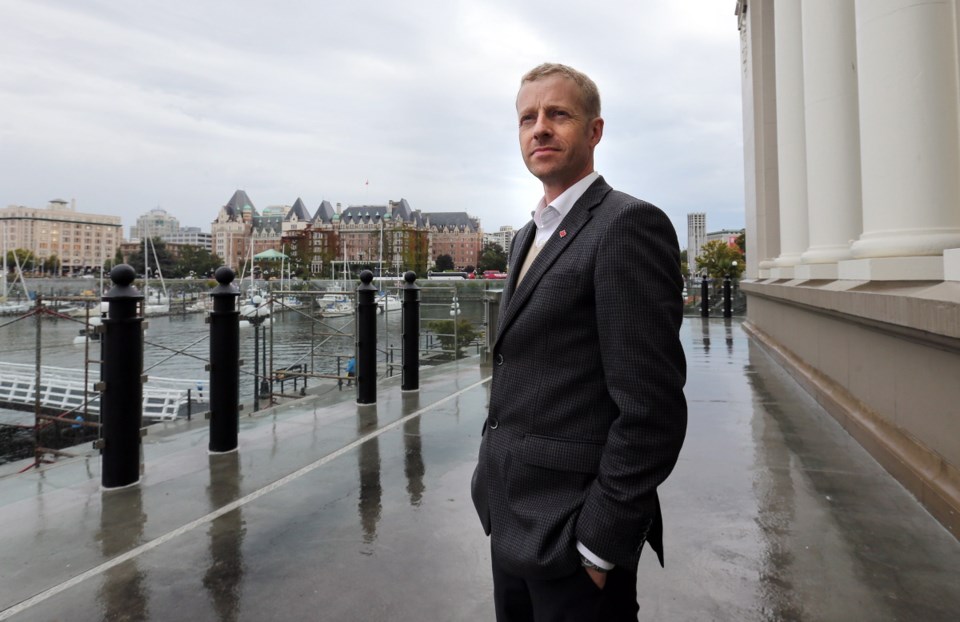Bastion Square, formerly bustling with shops and cafes, will lose a major draw this week when the Maritime Museum of B.C. closes down.
Victoria Coun. Pam Madoff, a proponent for heritage conservation, said the area will feel the loss of the thousands of visitors who used to come to the museum.
“If I was a business owner or a property owner down there, I would be concerned,” Madoff said Friday. “That’s 20,000 people no longer going by my door.”
The museum will close its doors at 28 Bastion Square, a heritage building it has occupied since 1965, on Tuesday. It is moving its collection of 40,000-odd artifacts and documents into two new homes.
>>>ISLANDER: Museum on the move
Public displays will be undertaken at the old CPR Steamship Terminal, 470 Belleville St., perhaps beginning as early as May. Storage and curatorial work will be done in provincial government space at 4000 Seymour Pl.
In the 1960s and 1970s, buildings in Bastion Square underwent renovations, turning the spot into a real attraction, Madoff said.
“There was a lot of activity in that square and lots of reasons to go there,” she said.
Madoff said her biggest concern is the fate of the old building, which is owned by the provincial government. So far, a provincial official has said only that the building requires significant upgrades and a business case will have to be developed for any new use.
The building was opened in 1889 as Victoria’s first permanent courthouse, replacing a previous log structure. Its birdcage elevator, installed in 1899, is the oldest working lift of its kind in North America. And there’s a renovated courtroom, reconditioned in 1997 to look like an original from the 19th century.
Madoff said it’s hard to imagine what sort of tenant might want to move into such a building, or who might want to buy it and go through a rezoning process.
In the meantime, she hopes the province will find a use that will see the lights and the heat kept on — just to keep the building in good shape.
“As soon as the heat is off and the lights go out, then that’s when a building really starts to go.”



